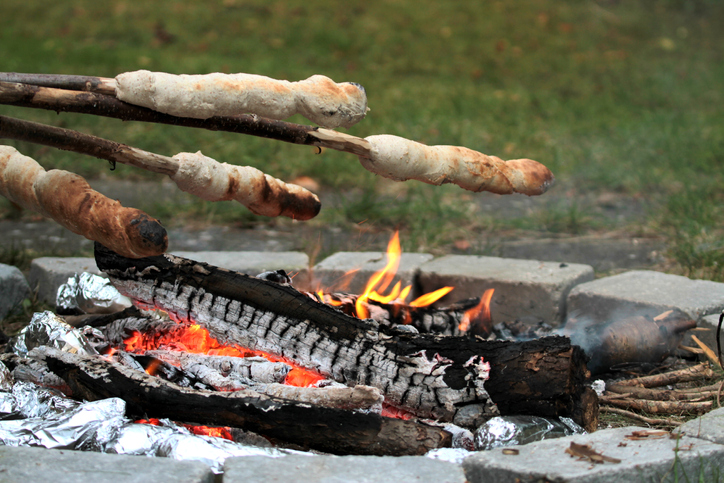Homecoming: Maika Dussault’s return to her ancestral land
June 20, 2023

This story is part of our National Indigenous Peoples Day celebration
Summary
- Head office teammate shares how Bill C-3 helped her reconnect with her Indigenous roots
- Women in her family lost the right to own a house or land within their community
- Click here to read our other article for this series
Because of the sexist, discriminatory provisions under the Indian Act,* generations of First Nations women and their children have lost their status. This is the case for the family of Maika Dussault, Training Administrator for VetStrategy.
From 1876 to 1985, Indigenous women who married a non-Indigenous person lost their status and, as a result, the right to own a house or land within their community. “We lost our rights, starting with my grandmother,” Maika says.
Because of this injustice, Maika lived the early years of her life outside Wendake, the community of her Huron-Wendat ancestors located in the suburbs of Québec City.
A longing to settle in her community
Between 2011 and 2012, Maika was able to restore her status after Bill C-3 was adopted. The legal recognition of her identity also allowed her to request a piece of land in Wendake to, one day, build her own home within her community. “It’s really exciting. Being able to grow up in Wendake probably would have changed things for me. It’s also an excellent way for the community to grow.”
She is also pleased to see the effort being made to reintroduce the Wendat language in Wendake. “We’re one of the only Indigenous villages located in an urban area, and we’ve lost our language as a result. French is spoken everywhere. But now, Wendat is slowly being reintroduced in schools and on the community’s street signs.”
Discovering and upholding a rich culture
When asked about how to be a good ally to Indigenous peoples, Maika had one simple answer, “We need to be aware that each Indigenous community has a different reality, but we must treat everybody as equals. We’re all human and we all face challenges, but at the end of the day, we’re all equal.”
When it comes to learning more about different Indigenous cultures, you can start small. The first step can be as simple as attending a public event or sampling a tasty dish. Below are Maika’s top three recommendations:
- Try cooking bannock (yända’tara’), a typical Indigenous bread baked over fire. Check out this recipe if you want to try it yourself at home.

- Go to pow wows. They are major Indigenous gatherings where you’ll find several generations gathered to enjoy food, music, and dance that honour their traditions. To find out if such an event is taking place near you and to learn more about the appropriate etiquette to follow during a pow wow, click here.
- If you live in or are visiting the Capitale-Nationale region, visit the Ekionkiestha’ national longhouse, an experience not to be missed in Wendake!
Celebrations are taking place from coast to coast as part of National Indigenous Peoples Day. We encourage you to check out this list to find events in your area.
VetStrategy is proud to support diverse communities through different initiatives. We recently announced the creation of a $5,000 bursary to support Black, Indigenous and People of Colour veterinary students. We also support charitable organizations that work with Indigenous communities, such as Chiots Nordiques, which recently received a community grant from Hôpital vétérinaire du Haut-Richelieu.
*Many Indigenous people in Canada prefer not to describe themselves as “Indians” and view this term as rooted in colonialism and racism. Under the Indian Act, the precise legal meaning of the term “Indian” refers to First Nations persons who are entitled to registration.